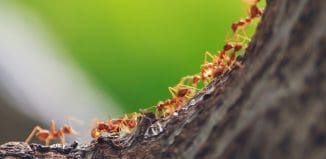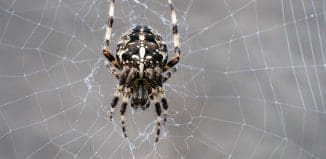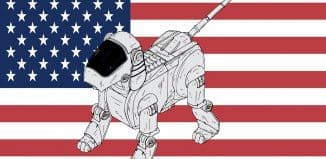“Biobot” Insect Swarms to Map and Explore Unknown Areas
This post is also available in:  עברית (Hebrew)
עברית (Hebrew)
 What may sound like the script from a Hollywood Blockbuster is in fact a new development by a research team from North Carolina State University. They have developed insect-like cyborgs, or “biobots”, which can penetrate foreign environments like collapsed buildings.
What may sound like the script from a Hollywood Blockbuster is in fact a new development by a research team from North Carolina State University. They have developed insect-like cyborgs, or “biobots”, which can penetrate foreign environments like collapsed buildings.
They release a swarm of biobots, such as remotely-controlled cockroaches, which are equipped with electronic sensors. These robotic insects then move about randomly and sensors are released which signal researchers via radio waves whenever biobots got close to each other. This gives first responders a good idea of the layout in a previously unmapped area.
“We focused on how to map areas where you have little or no precise information on where each biobot is, such as a collapsed building where you can’t use GPS technology,” says Dr. Edgar Lobaton, an assistant professor of electrical and computer engineering at NC State.
iHLS – Israel Homeland Security
“One characteristic of biobots is that their movement can be somewhat random,” Lobaton says. “We’re exploiting that random movement to work in our favor.”
Because the biobots couldn’t be tracked by GPS, their precise locations would be unknown. However, once the swarm has had a chance to spread out, the researchers would send a signal commanding the biobots to keep moving until they find a wall or other unbroken surface – and then continue moving along the wall. This is called “wall following.”
The researchers repeat this cycle of random movement and “wall following” several times, continually collecting data from the sensors whenever the biobots are near to each other. The new software then uses an algorithm to translate the biobot sensor data into a rough map of the unknown environment.
It can alert officials to determine the location of radioactive or chemical threats. The researchers have tested the software using computer simulations and are currently testing the program with robots. They plan to work with fellow NC State researcher Dr. Alper Bozkurt to test the program with biobots.





























